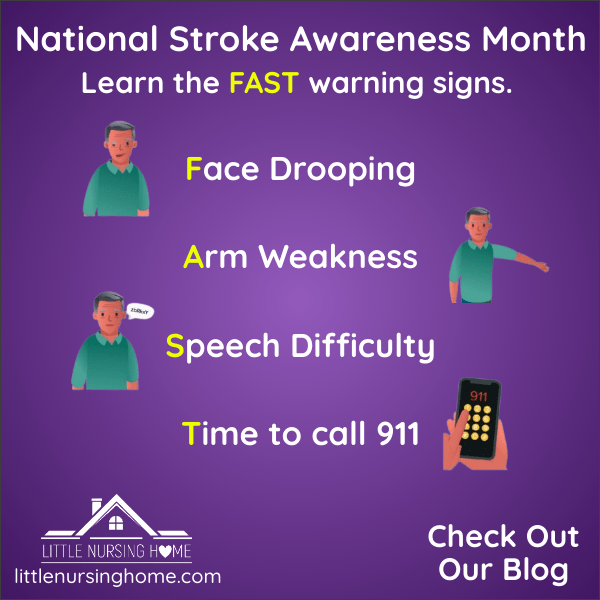What’s a stroke? It’s when the blood flow to a part of the brain is blocked or when a blood vessel in the brain bursts. According to the American Heart Association, someone in the United States has a stroke every 40 seconds, accounting for one out of every 19 deaths.
Some treatments work only if given the first three hours after symptoms start. A delay in care can raise the risk of permanent brain damage or death. Strokes are a serious disability around the world but they’re 80% preventable.
Weight is an important factor in preventing strokes because being overweight increases the likelihood. To find out if your weight is in a healthy range, doctors often figure out your body mass index (BMI). If you know your weight and height, you can calculate your BMI here. High cholesterol and high blood pressure raise your chances of a stroke. Change your eating habits to support a healthy weight. Fresh fruits, veggies, foods low in saturated fats, trans fat, and cholesterol and high in fiber can prevent high cholesterol. Limiting salt in your diet can also lower your blood pressure. Combining a good diet with a 30-minute walk a few times a week will keep you in the safe zone.
Five facts about strokes:
#1: Stroke kills brain cells. It happens when a clot or rupture interrupts blood flow to the brain. Without oxygen-rich blood, brain cells die.
#2: There are different types of strokes.
- Ischemic: caused by a clot.
- Hemorrhagic: caused by a rupture.
- Transient Ischemic Attack or “mini-stroke”: caused by a temporary blockage.
#3: About one in four stroke survivors is at risk for another. Luckily, up to 80% of second clot-related strokes are preventable.
#4: Prevention is key. If you had a stroke, plan with your doctor to stop another. This can include managing high blood pressure, aspirin, or other medicine. Aspirin isn’t right for all people. Talk to your doctor first.
#5: Time lost is brain lost. Learn the FAST warning signs.
- Face – By asking the person to smile you can tell immediately if one side of the face droops.
- Arm – Ask the person to raise both arms. Observe to see if one arm drifts lower than the other.
- Speech – Slurred speech is a symptom of stroke. Ask the person to repeat a single sentence.
- Time – Call 911-Fast. Time may be the difference between life and death or even partial and full recovery.
If you are considering a nursing home or assisted living for a loved one in northern NJ, The Little Nursing Home of Montclair offers a cozy and calm atmosphere with the comforts of home. We are family-owned for over 60 years and are run by experienced registered nurses. Call or email us for more info or to schedule a tour.

